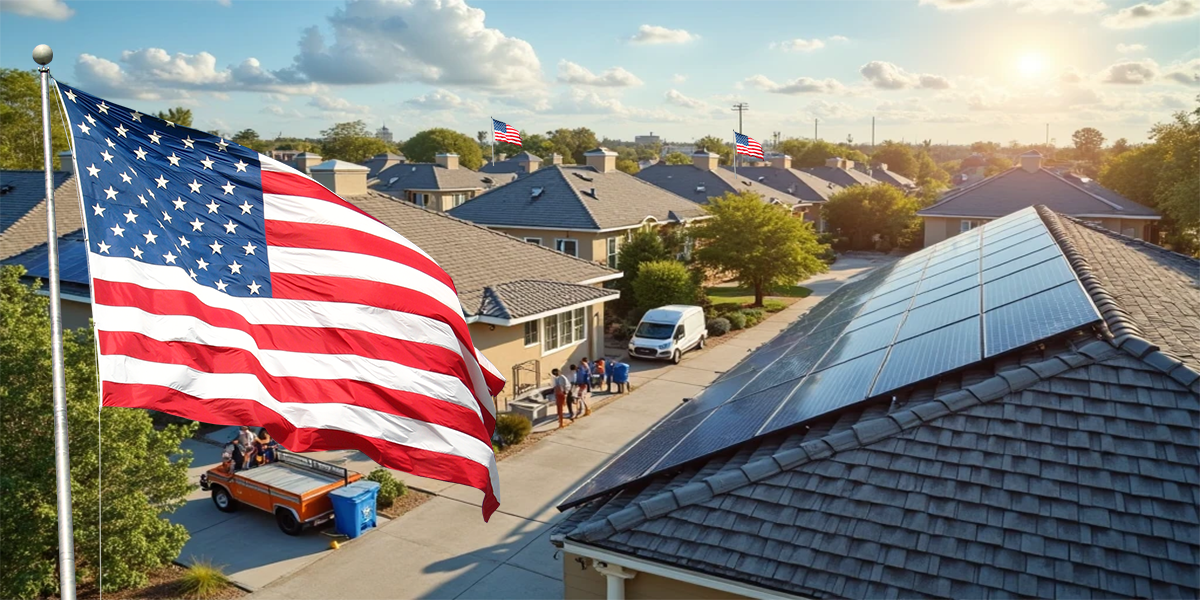
Establishing partnerships with local governments is a valuable opportunity for the solar industry. It enables the industry to contribute significantly to attaining sustainability, resilience, and equity objectives within communities. Ohio took the initiative to promote solar energy by proposing a solar growth model.
They implemented various local-level initiatives to increase the use of solar energy and storage systems, resulting in substantial energy savings. These initiatives include the installation of solar panels on four government buildings, collaborating with a local municipality, and establishing a cooperative that facilitated over 250 residents in installing solar panels on their homes.
Local governments played a vital role in the implementation of the solar growth model. They establish regulations and procedures that impact the pace and cost of solar installations. This includes the issuance of building permits, which can expedite or stall rooftop solar projects. Planning and zoning rules also determine the installation of solar projects within a community.
Furthermore, local-level development of solar growth models helps to set clean energy objectives. Despite their important role, local jurisdictions often seek more knowledge and experience to make their communities more solar-friendly. Moreover, local governments may also face resource and staffing constraints. This can make it challenging to prioritize solar energy amid other competing needs.
Partnerships Between Solar Companies and Local Governments
According to this model, establishing partnerships between solar companies and local governments begins with recognizing common objectives. Both parties share an interest in ensuring a well-constructed and compliant solar growth model while streamlining the approval process to save time and resources.
Moreover, local leadership can promote solar companies. For instance, Orange County, Florida collaborated with Solar United Neighbors of Florida to facilitate a group purchase program that has resulted in nearly 5 MW of solar installations. They’ve also streamlined the permitting process and provided training to reviewers and inspectors, along with installing solar on county buildings.
In Washington State, Thurston County, along with cities like Olympia, Tumwater, and Lacey, published a Climate Mitigation Plan to reduce emissions. Michigan City, Indiana, partnered with the local NAACP to create the Soul Power program, training local residents for solar jobs, with a focus on communities of color and low-income groups. Meanwhile, the town of Milton, Massachusetts is exploring a solar microgrid to power essential facilities, offering backup power during grid failures.
Final Thoughts
Collaborative partnerships between the solar industry and local governments is beneficial for both sides. They can help communities achieve sustainability, resilience, and equity objectives. Moreover, solar companies gain local expertise, expand their customer base, and contribute to new installations. Instead of viewing local governments as obstacles, they should be seen as major allies in the transition to clean energy.
News Source: PV Magazine
